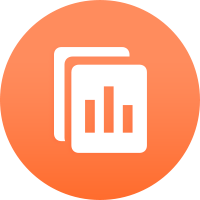After witnessing a consistent rise for nearly two weeks, gold prices have corrected across spot markets in India. The correction is witnessed across weights in both 24 Karat and 22 Karat categories.
The per-gram price of the 24K gold dipped by INR 76 to INR 10,228. The previous closing price was INR 10,304. Whereas the 10-gram price slipped to INR 1,02,280 from INR 1,03,040.
The cost of 1 gram of gold in the 22K category stands at INR 9,375, falling from INR 9,445 and witnessing an overall decline of INR 70. At the same time, the 10-gram price fell to INR 93,750 from INR 94,450. The decline witnessed amounts to INR 700.
After witnessing a consistent rise for nearly two weeks, gold prices have corrected across spot markets in India. The correction is witnessed across weights in both 24 Karat and 22 Karat categories.
The per-gram price of the 24K gold dipped by INR 76 to INR 10,228. The previous closing price was INR 10,304. Whereas the 10-gram price slipped to INR 1,02,280 from INR 1,03,040.
The cost of 1 gram of gold in the 22K category stands at INR 9,375, falling from INR 9,445 and witnessing an overall decline of INR 70. At the same time, the 10-gram price fell to INR 93,750 from INR 94,450. The decline witnessed amounts to INR 700.














